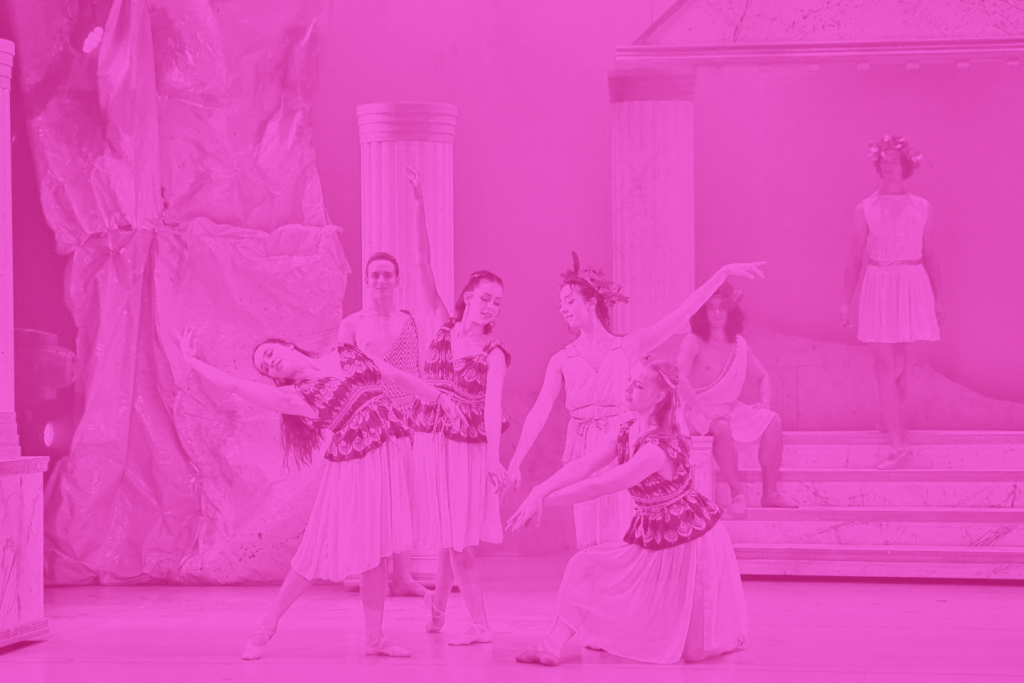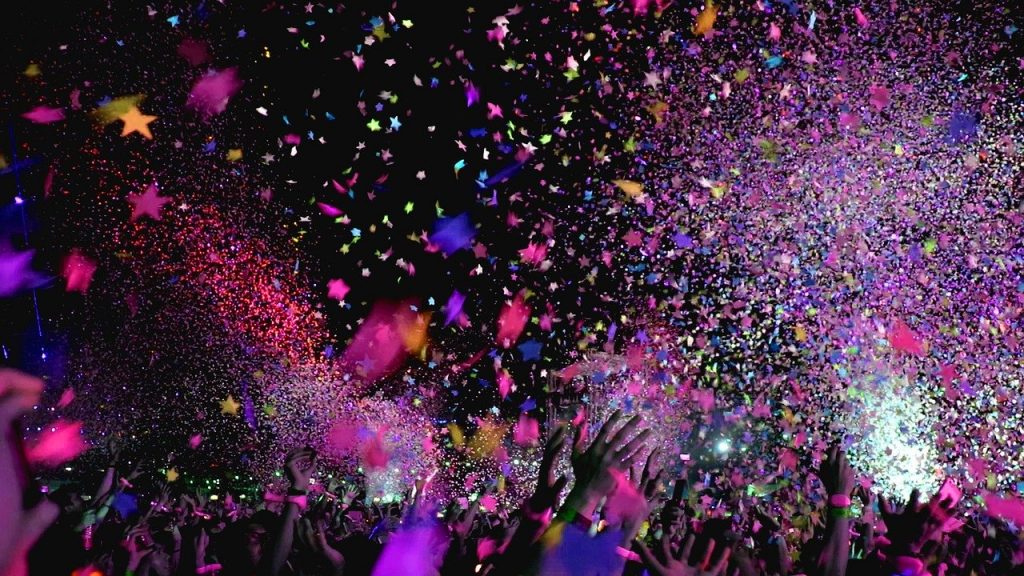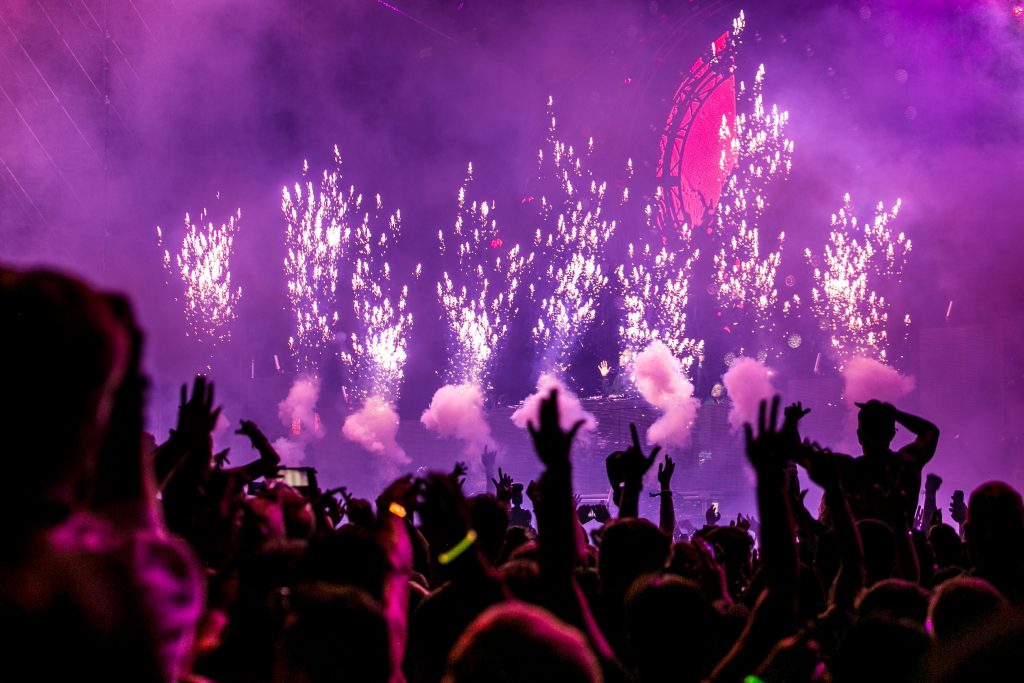
‘The Creatures of Prometheus’ // Lynch & Paterson
‘The Creatures of Prometheus’ was ornate.
Lucas D. Lynch is a self-proclaimed “cult follower” of Ludwig Van Beethoven, which explains why he decided to produce a ballet that was not only an Australian premiere but a work that required extensive historical research and a new suite of choreography. ‘The Creatures of Prometheus’ was a feast for the senses; set against an imposing score, stylistic staging and realised by eleven local dancers.
When dialogue and lyrics are removed, the narrative has to be communicated through music and physicality alone. ‘The Creatures of Prometheus’ is a largely unknown work, meaning the audience is left to their own devices to extrapolate the movement on stage. Dramaturg and costume designer, Anita Sweeney, was heavily involved in the research process of the show. Lynch & Paterson’s ‘The Creatures of Prometheus’ follows two humans (Caitlin Halmarick and Brock Tighe) who were created by Prometheus (Jayden Grogan). Adopting a father-like figure, Prometheus tries to teach them the ways of the world and takes them to Mount Parnassus, where Apollo (Jordan Butler) and other gods begin the creatures’ education. Melpomene (Iluka Nally), the Muse of Tragedy, decides the creatures need to learn a lesson and kills Prometheus, pushing the creatures to fully realise the cycle of life and death.
While the production is titled ‘The Creatures of Prometheus’, the entire first act was a revue of other works from Beethoven. The show opened with the dramatic ‘Coriolan Overture Op. 62’ . Tom Dodds (Show Hire Queensland) created a visual feast during the purely orchestral section with snappy lighting cues as the piece built in intensity. The orchestra was sat in the pit throughout the duration of the show, however, Dodds handled this design choice with adept skill, lighting the orchestra and spotlighting conductor Lynch. These lighting choices were integral in focussing the audience’s attention.
Following the drama of the ‘Coriolan Overture’, Lynch brought audiences ‘Musik zu einem Ritterballett, WoO 1’. Lynch’s skill as a conductor was on full display, leading the orchestra through complex dynamic changes and effectively weaving together the tapestry of the score.
Act 1 was concluded by the ‘Testament Ballet’, an original choreographic work by soloist Grogan. The piece recounted the painful confession of Beethoven’s mental state through a letter written in 1802, later titled ‘Heiligenstadt Testament’. Despite the trauma recounted in the letter, some artistic elements could have been further explored to capture and hold the audience’s attention. The stage was broken in half, one half housing a writing table and chair while the other half was a blank canvas. The decision to break Beethoven’s reality and his mental state into two distinct stage locations was a clear and effective choice. Two stark lighting states ping-ponged between the writing segments and, when words failed, Grogan punctuated the letter with dance breaks. It would have been interesting to explore different ways to integrate the two mental states and build alongside the music. Writing sections and dance sections existed on their own accord and it would have been good to see a clearer dynamic shift as Beethoven’s trauma was revealed.
‘The Creatures of Prometheus’ was where Grogan’s choreographic prowess was truly on show. Stepping into his first full-length ballet choreographic role, and simultaneously playing the leading role, Grogan reimagined a work lost to time. The complexity within his choreography was immediately apparent and gave incredible nuance to the characters on stage. Grogan’s choreography, while the creatures were brought to life, was a particular highlight, allowing Halmarick and Tighe to shine in their physicality while showcasing Grogan’s comparative agility.
Set design by David Lawrence (Faux Facade Media Production Services) was equal parts functional and magical. The neutrals and gold palette created a whimsical and otherworldly feel to the staging. A particularly effective design choice was laying down a cream floor. This lifted the entire set design and made the world entirely cohesive. Light bounced beautifully off the floors and reflected the other-worldly setting of the production.
Dodds’ lighting design was a story-telling medium in its own right and wholly supported the narrative on stage. From the nuanced, bright stage wash during the Mount Parnassus scenes, to the directional lighting within the opening sequence and Melpomene’s murder sequence, each state had intentionality and artistic expression that furthered the production. Sound design by Ben Murray (PQI Technologies) was well balanced and allowed all orchestral elements to be heard.
The dance ensemble was filled with professional dancers that brought the new work to life. Nally as Melpomene and Euphrosyne displayed adept skill in transferring between the two distinct characters. Halmarick’s solo was another production highlight and showcased the dancer’s intricate skill for both dance and story-telling. It was a challenging solo that Halmarick handled with great skill. The strength of the production lay in beautiful solos and duos. Once couples were partnered and lifts were added, movement had a tendency to fall out of sync.
‘The Creatures of Prometheus’ was an incredible display of the talent that lives in Brisbane. Each element, from the music to the set, props, costuming, tech, dramaturgy, choreography and dance, enhanced and supported the narrative and reminded audiences that words are not needed for a story to be told.
‘The Creatures of Prometheus’ performed until Saturday, 21 November 2021 at Twelfth Night Theatre. For more information visit the Lynch & Paterson website.






